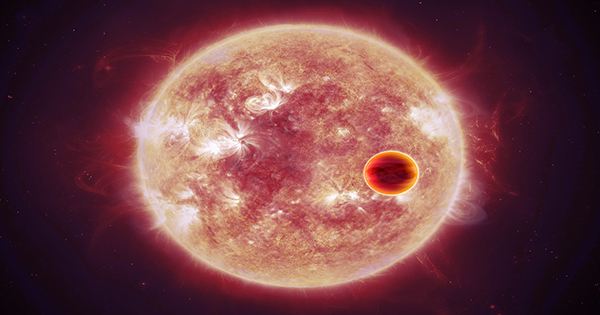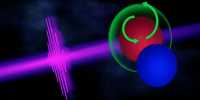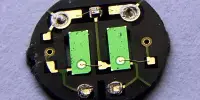Astronomers have discovered an exoplanet with a clear cloudless atmosphere that is only the second time they have discovered an exoplanet. It was the first to discover a cloudless “warm Jupiter” that gave astronomers an incredible opportunity to study these unusual worlds in more detail. The research, published in The Astrophysical Journal Letter, reported the observation of WASP-62B by the Hubble Space Telescope. First discovered in 2012, the planet is located 5 light5 light-years from Earth and is a “hot Jupiter”, a gas giant that orbits very close to the stars, making it very hot. This is the mass of only half of our Jupiter, or about 180 Earths.
The researchers followed the planet for three orbits around its Sun, which are relatively fast – only 4.5 days compared to our 12-year Jupiter. When the planet moves in front of the star, the star’s atmosphere illuminated by the star’s light, which astronomers discover are the elements around a planet.
Lead author Munazza Alam, a graduate researcher at the Center for Astrophysics, said in a statement, “For my thesis, I’m working on exoplanet characterization. I take discovered planets and I follow them to identify their atmosphere.” “I’ll admit that at first I wasn’t too excited about this planet but once I start looking at the data I get excited.”
Researchers were looking for potassium and sodium in the planet’s atmosphere. They did not find potassium, but what was incredible was how clear the chemical signature of sodium was.Alam said, “Its evidence of smoke-guns that we see in a clean environment.”
Searches are very important for a variety of reasons. Cloudless planets outside the solar system are a rarity. Of all the discovered exoplanets, only a small fraction of the atmosphere can studied, so the discovery of a few cloudless ones is an incredible discovery. WASP-96B, currently only discovered in 2018, is another known cloudless planet. It has the same mass as Saturn, but it orbits very close to its star, so it is 20 percent larger than Jupiter from heat. Based on these two exoplanet examples, astronomers estimate that about 7 percent of all exoplanets in the galaxy have a clean environment.
We can study this world in more detail without the cloud barrier. We can work out what they made of and learn how they came to be, which may be different from other cloudy planets. Upcoming instruments such as the James Webb Space Telescope will assist in these observations by studying the atmosphere of this and many more worlds.
















